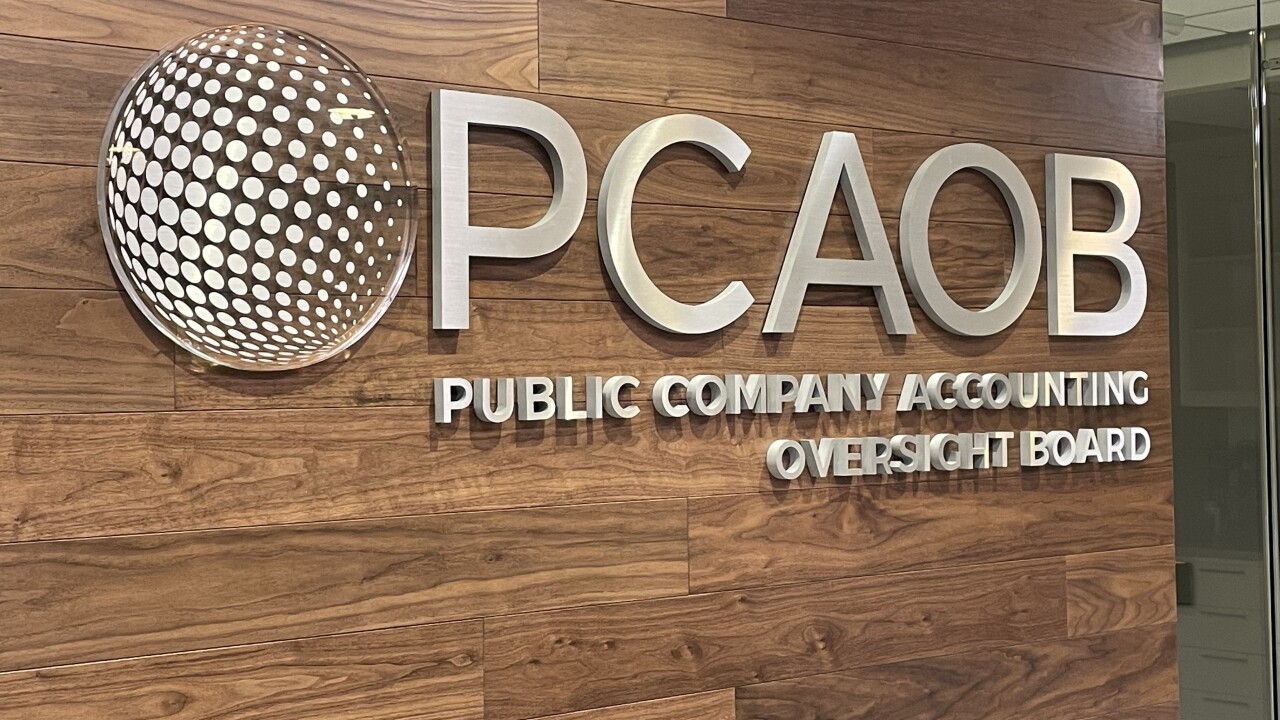Retirement-plan sponsors and their financial advisors got a new tool from the Secure 2.0 Act aimed at helping workers save for emergencies, but it comes with some complexity and confusion.
For starters, the name of the "pension-linked emergency savings accounts" — which became available at the beginning of the year to participants contributing up to $2,500 annually on an after-tax Roth basis — reads as a strange choice for vehicles tied to 401(k) and other defined-contribution plans rather than pensions.
Regardless, the accounts
For workers faced with unexpected expenses from medical care, auto repair, home maintenance, job losses or other surprises, the new savings accounts could give some employees "a sidecar" cache to take money out of with no tax penalties and lock in more potential matching contributions, said Joe Buhrmann, a senior financial planning practice management consultant with
"It's an opportunity that maybe could help attract new savers to retirement plans and maybe help them build better savings habits," Buhrmann said. "Typically there are some birthing pains with much of this new legislation and getting them into practice."
READ MORE:
Details of the guidance
Advisors should also keep in mind that the law created two other shifts in 401(k) rules to allow for withdrawals that are no longer subject to a 10% tax from the workers' main retirement accounts, Buhrmann noted. They can take out as much as $1,000 per year in personal emergency spending as defined by the employee and $10,000
The participants could withdraw from the emergency accounts four times a year or more, if sponsors authorize more frequent ones. And employers may autoenroll workers into the new accounts. The Labor Department guidance about the new emergency accounts came in the form of
For Buhrmann, the key remaining issues include whether the accounts could top $2,500 in a given year based on gains in any investments after the worker reaches the maximum contribution and why the IRS specifically excluded "highly compensated employees" from opening the emergency savings accounts. The agency defined any workers earning more than $155,000 per year as highly paid and therefore ineligible for the new accounts.
Those caveats may explain why 68% of 401(k) recordkeepers rated the emergency savings accounts as among the provisions of Secure 2.0 that will be most difficult for the industry to implement, according to
A higher share of defined-contribution plan recordkeepers described that part of the law over any other provision as among the most challenging to put into practice. At the same time, the third-largest number of plan sponsors expressed interest in offering the emergency accounts, at 26%, compared to 28% for the enrollment incentives and 27% for matching Roth contributions.
"While contributions won't be tax deductible, any withdrawals will generally be treated as a tax-free event," Idin Eftekhari, a senior analyst in Cerulli's retirement division, said in an email.
"This will be an added benefit for individuals who genuinely need to take a withdrawal to cover an ad hoc expense (e.g., car repair bill, replacing a major home appliance, or medical bill) without having to fret about being penalized for it. As you know, unforeseen expenses can strike at any time and can create a serious dent into one's savings. Therefore, having the flexibility to take a withdrawal at least once per month (as necessary) is another notable feature. Knowing that you don't have to wait months to access your funds for a distribution should bring about peace of mind for non-highly compensated individuals."
READ MORE:
Secure 2.0's legacy
Some advisors and clients may decide they're better off simply setting up high-yield savings accounts because of the complicated nature of the new accounts, according to Sarin Barsoumian, the founder of Burlington, Massachusetts-based
"In my opinion, the Secure Act made some things more complicated than they needed to be, and this is a perfect example," Barsoumian said. "Why are we naming a savings account a 'pension-linked emergency savings account (PLESA)'? Consumers are already confused about the difference between a 401(k), 403(b), 529, 457, etc. When asked what type of account they have, they often give the wrong account type."
Still, the emergency accounts and other provisions of the Secure law could open the door to more workers starting to save for retirement, according to Buhrmann of eMoney, which found in
"From a planning perspective, it's really pointing the way toward helping advisors look at things from a very holistic manner, as well as to start expanding those planning services to more than just the high net worth or ultrahigh net worth clients out there," Buhrmann said. "There are certainly opportunities for the advisory space, for the fintech space to help Americans feel better about their finances and improve their relationships with money."





